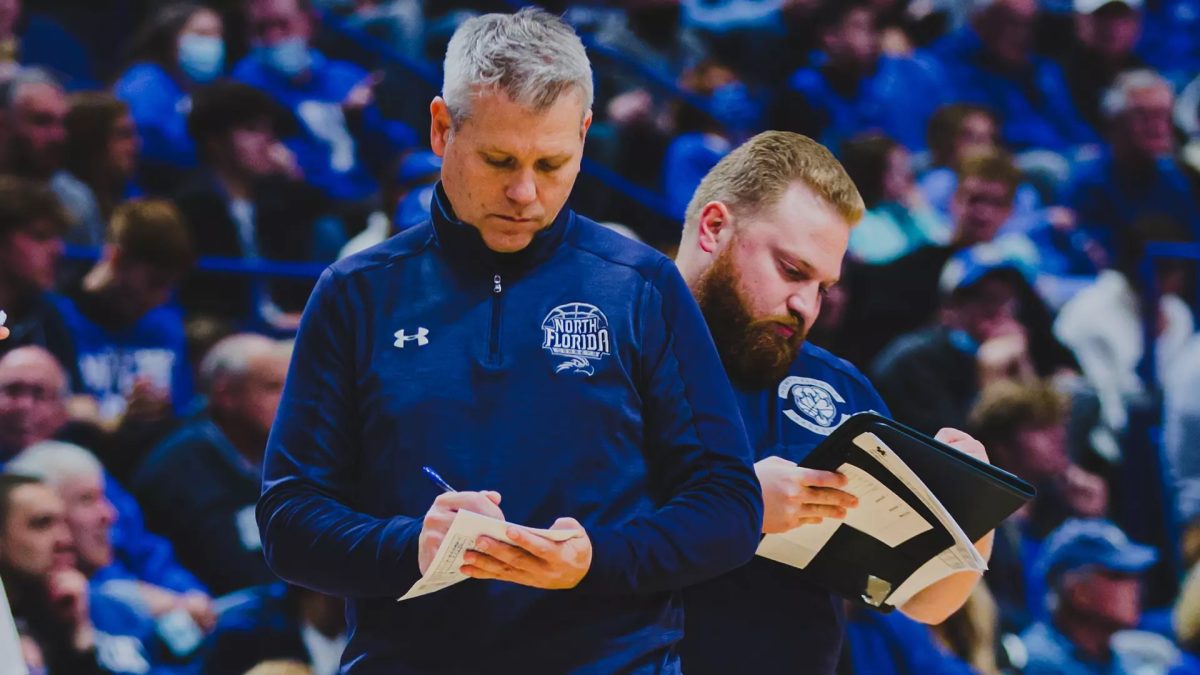As a result of both deforestation and accommodations for the ever-growing human population, bats living around UNF have nowhere to go. Some have decided to inhabit UNF buildings, and their toxic excrement, called guano, poses a potential hazard.
The solution spearheaded by Daniel Endicott, director of UNF Environmental Health and Safety, is to build bat houses all over campus.
“The idea is to exclude the bats from within our buildings and encourage them to go into the bat houses, so that we don’t have the issue of the buildup of [bat excrement],” Endicott said.
The bats could cause other issues. The guano has an offensive odor, bats terrify some people, and their body oils leave dark stains, Endicott said.
There are eight bat houses on campus, including a new $26,000 project located behind the Fine Arts Center Parking Garage.
The new bat house is the most expensive one at UNF to date. The older houses were only a few hundred dollars, Endicott said.
The first bat house was implemented at the nature trails 15 to 16 years ago, Endicott said.
He said all the subsequent bat houses, before the latest one behind the Fine Arts Center Parking Garage, were bought from and constructed by Fly by Night, Inc., a nonprofit that seeks to protect bat populations.
The older bat houses may accommodate 600-700 bats simultaneously, said Scott A. Sloan, project manager of campus planning, design and construction. The dimensions for these older homes are 16 by 24 inches, said Zak Ovadia, the director of campus planning, design and construction.
“There’s three bat species primarily out [in UNF],” Endicott said. “The smallest of which are the brown bats, which are the most common. They are just two to three inches long.”
The newest house can hold a few thousand bats, Endicott said.
Bats are beneficial for the environment, Ovadia said. They eat mosquitoes and other insects, which prevents mosquito bites.
Prior to deforestation, bats lingered in the woods and in tree openings. They would hang off branches at night and look for insects, Endicott said.
“As we encroach on their environment by cutting down trees and build more buildings, they’ll then move into the buildings,” Endicott said. “We have a certain obligation to try to help encourage the [bat] population as much as we can.”
Want to go to bat country?
Endicott said the best time to see bats is at dusk. He advised staying 10-15 feet away from the bat houses, so they are not disturbed. Endicott said bats may have rabies, so nobody should touch the bats. People should call UPD or Environmental Health and Safety for bat rescue.
Locations of the bat houses:
2 – Stadium
1 – Library
1 – 39a
1 – nature trail – the first one – 15-16 years ago
1 – Osprey village
1 – Athletic complex
1 – Fine arts center $26,000











